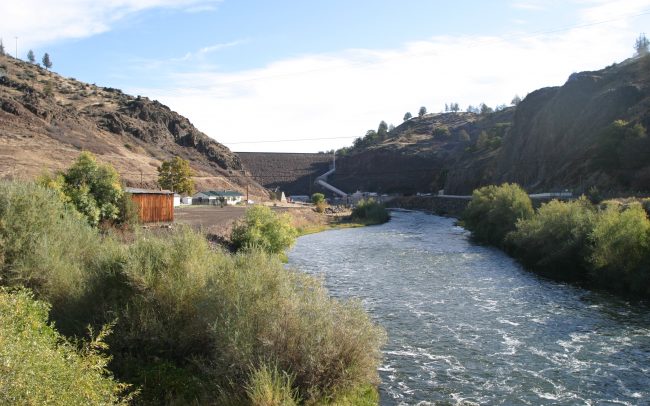The removal of Marmot Dam represented one of the first large-scale releases of dam-impounded coarse sediment in the United States, and raised numerous concerns about possible impacts on fish and aquatic species downstream of the dam. To assess these potential impacts, we evaluated geomorphic, sediment transport, and ecological conditions associated with approximately 1 million cubic yards of sand and gravel being released once the dam was removed. We used numerical sediment transport models to predict changes in downstream bed elevation and assess potential impacts of the sediment release on fish habitat and water quality, as well as potential increases in flooding risk for downstream property owners associated with changes in the channel. The analyses permitted stakeholders to agree upon an ecologically and economically acceptable dam removal alternative.
Since most of the perceived risks of removal involved possible impacts to fish (habitat, migration, prey availability, etc.), we developed a fish passage monitoring program to assess whether habitat connectivity or adverse negative effects because of the sediment release have resulted from dam removal. Our monitoring results since removal compare well with our predictions of sediment transport prior to removal, thus validating our numerical modeling. Stillwater Sciences continues to assist PGE by analyzing annual topographic data upstream and downstream of the former dam as part of the post-removal fish passage monitoring program.




